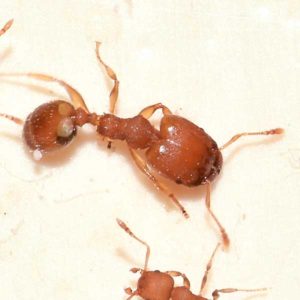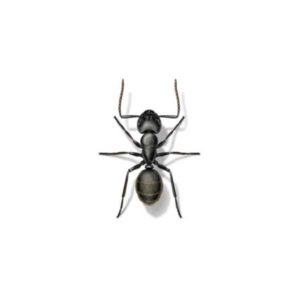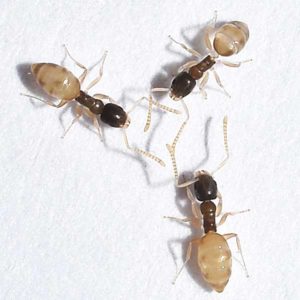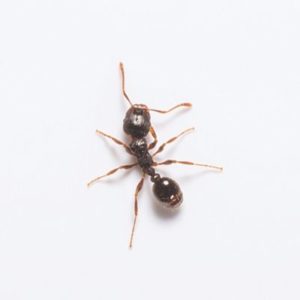Thatching Ants in Puerto Rico
Thatching ants are bigger, stocky-looking ants that are red and black in color. They have large heads and strong, noticeable jaws. Colonies can persist for years and can contain thousands of individuals. They feed on a variety of things, including dead insects and caterpillars. They have also been witnessed carrying still-alive prey into the tunnels of their mounds.
Thatching Ant Habitat
Thatching ants are also popularly known as mound ants as they are notorious for building mounds composed of various yard debris such as sticks, stems, pine needles, and more. The mounds they construct are visibly distinguishable and can cause an eyesore for homeowners dealing with an infestation. When they aren’t nesting in the mounds they have constructed, you can typically find them living in decomposing trees or soil.
Thatching Ant Behavior, Threats, or Dangers
Overall, thatching ants have a positive effect on the ecosystem as they are efficient at eliminating harmful insects. However, when thatching ants infest homes and yards they can cause problems for homeowners. They are aggressive ants that deliver a painful bite. The thatching ant bite can cause blisters to humans and household pets as they tend to spray the bitten area with formic acid. Furthermore, they also destroy the buds of fruit trees and devastate plants as well as tree seedlings. If you notice thatching ants building a mound in or near your property, it’s best to contact an ant exterminator.
Need help with Thatching Ant control?
We'll call you! Leave your information below.




